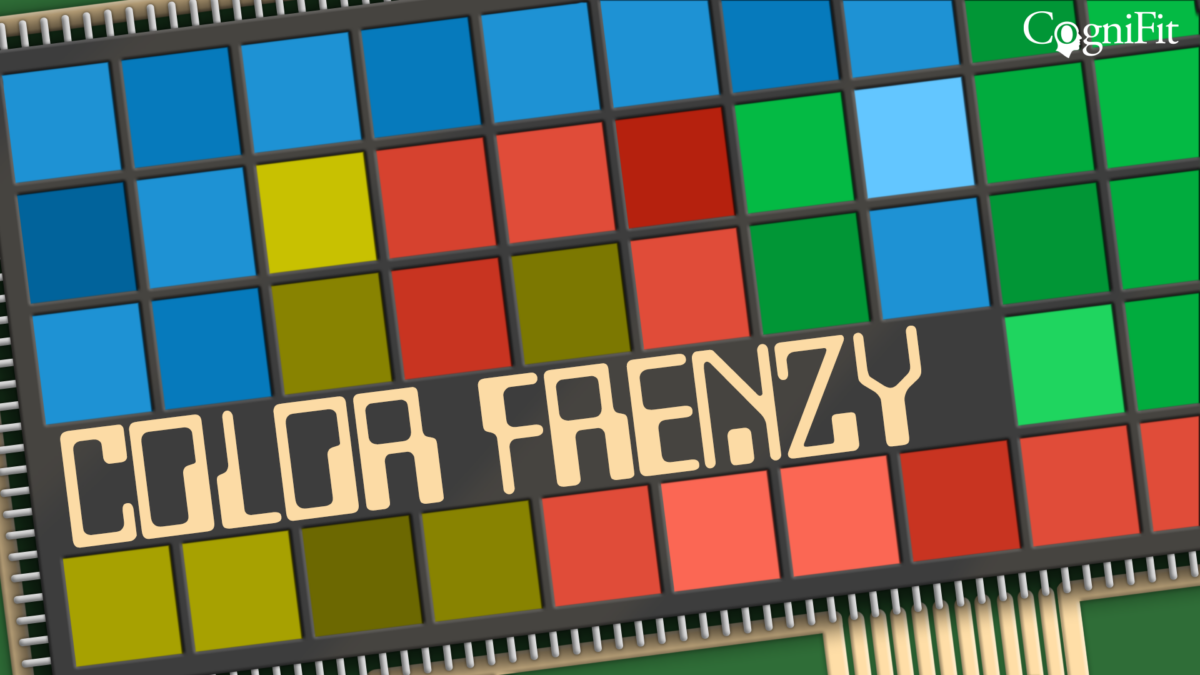
Color Frenzy – Get Your Brain Hyped on Hues!
There are brain games that are a real challenge. Then there are others that are a bit more relaxing. That doesn’t mean that the latter doesn’t flex your brain in a big way! This is why CogniFit’s Color Frenzy is a fantastic game to add to your weekly repertoire. Despite its name, it won’t put your heart in a frenzy! Let’s take a look at how the game works and the four brain functions you’ll be improving while you play.
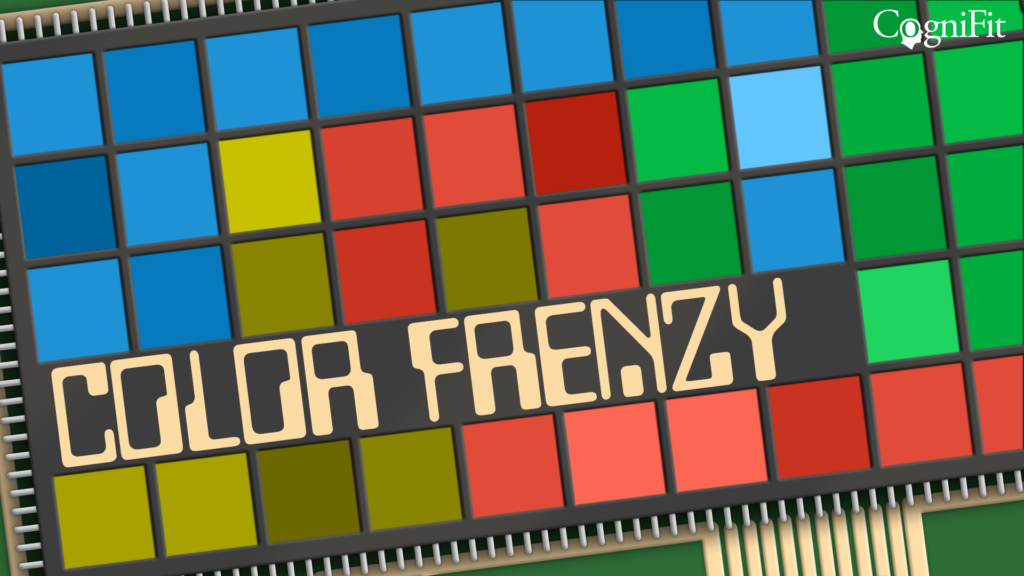
How to Play Color Frenzy
The starting screen lets you choose what level of difficulty. Our suggestion? Try a few rounds on lower levels to get a feeling for how things work.
The premise itself is simple, you’ll have a number of squares of the same color. Eg. purple. But one of the squares will be slightly darker or lighter than the others. All you have to do is click that square. As the levels get harder there will be more subtle shade/tint variations to make you concentrate even more.
At the hardest levels, things take a twist. Blocks will be grouped with differed hues but you’ll have to estimate which group is the largest/smallest etc.
But what about the brain functions you use? Here are the four you will exercise and how they are important in your life….
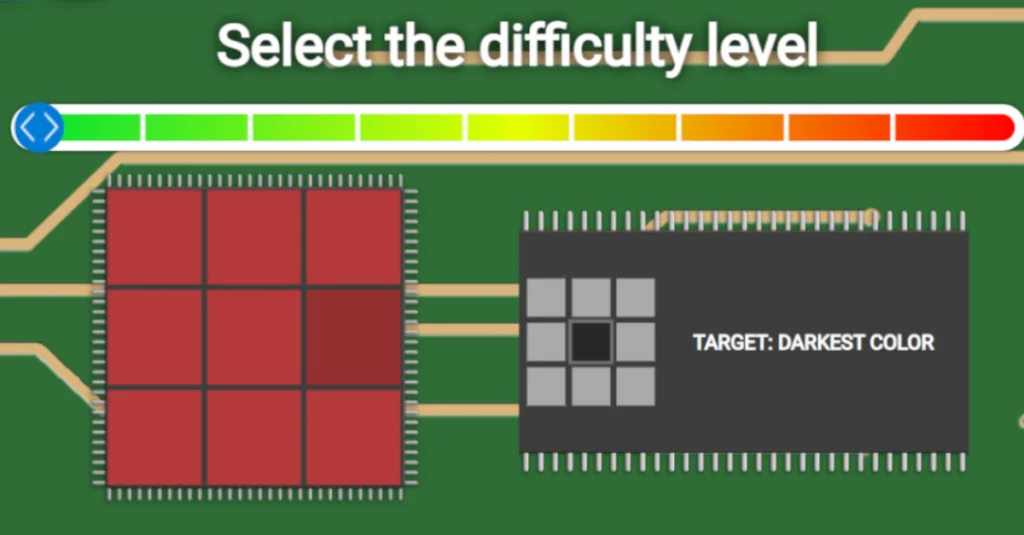
Color Frenzy & Estimation
You’ll probably hear throughout many articles that (whatever) brain function “is the most important” blah blah. But in the case of Estimation, it’s one deserves very much to be in the category. Why?
It’s something that we rely on for nearly everything we do. Do you want to open a door to get to the next room? You have to estimate the space between you, your hand, and the doorknob before you can even get to the eye-hand coordination part. And if you like sports, they would be impossible to play without this essential function.
But, it’s also broken down into “micro-strategies”…
- Distance Estimation: Distance estimation is the ability to estimate the future location of an object based on its current distance and is the ability that makes it possible for us to carry out everyday activities without bumping into people or things.
- Speed Estimation: Speed estimation is the ability to estimate the future location of an object based on its current speed. This is what makes it possible to move through life and avoid obstacles and accidents.
- Movement Estimation: The ability to anticipate an object’s movement.
- Time Estimation: The ability to calculate the amount of time there is between two events.
Everything from driving to making on-the-fly judgments need this brain function.
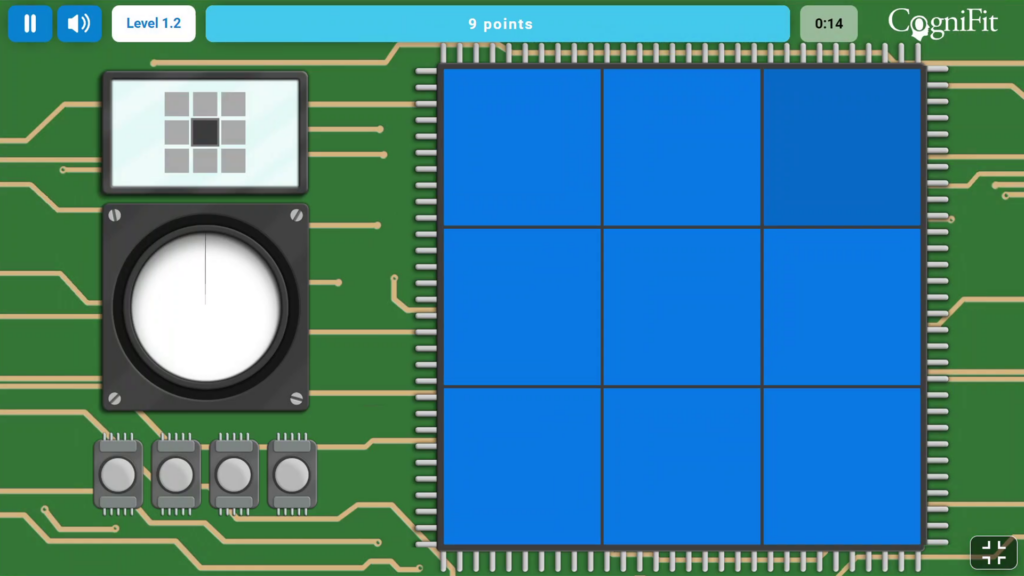
Focused Attention
Simply put, it’s just someone’s ability to detect and pay attention to something (stimulus) for a given amount of time. This can include survival reactions like knowing when we need to drink something.
This brain function depends on three things...
- Personal Factors: Level of activation, motivation, emotion, or sensory modality that processes the stimulus. We’re more likely to process a stimulus correctly when we’re awake and motivated, rather than sad or tired, or if the stimulus is boring
- Environmental Factors: It’s easier to pay attention to a stimulus or target activity if there are few environmental distractions, and it becomes more difficult to concentrate with more frequent or intense distractions.
- Stimulus Factors: Novelty, complexity, duration, or salience of the stimulus. If there is only one single, simple, obvious stimulus, it will be easier to detect it.
This skill is important in things like driving, academics, and in your job.
Processing Speed
Processing speed is one of the main elements of the cognitive process, which is why it is one of the most important skills in learning, academic performance, intellectual development, reasoning, and experience.
Think of a computer. While there are many parts that help it run fast, the CPU is vital for speed. It’s the same for our brains and processing speed. It’s the time you take to do a mental task. It’s how long you take to receive information and react to it.
But it’s important to keep in mind that this has nothing to do with intelligence! It just means it might take longer to do things – like complete a task in 1 hour that would normally take 30 minutes.
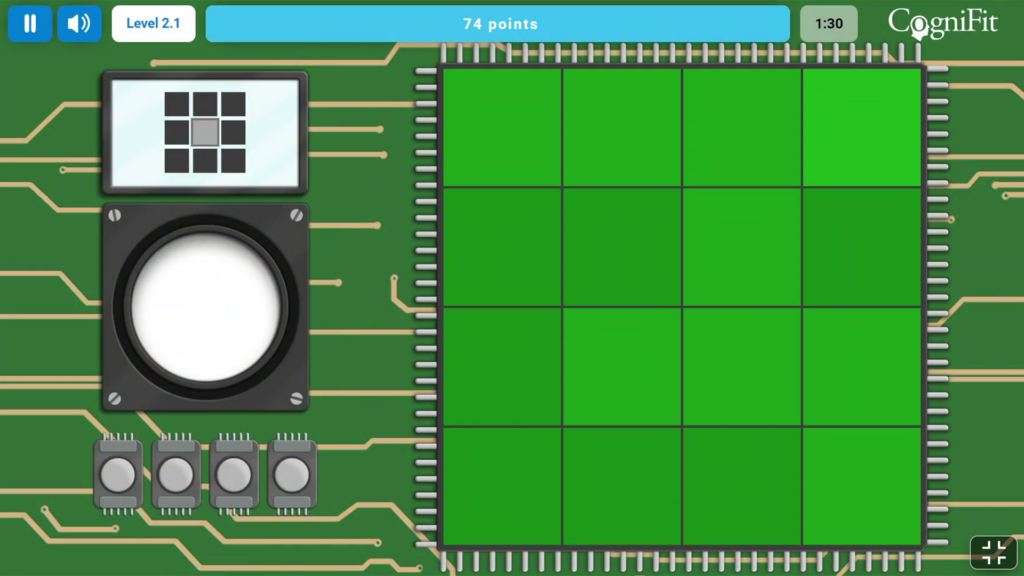
Visual Perception
Being able to read this text seems like a simple process. We look at the letters and are able to make sense of the words. It seems simple, but it’s actually an extremely complex process that uses a number of brain structures specialized in visual perception and the different sub-components of vision.
This ability to interpret information depends on your particular cognitive processes and prior knowledge. Visual perception could be defined as the ability to interpret the information that our eyes receive. But we also have to understand things like…
- Lighting and contrast: You can see the lines that are more or less illuminated, and have a parameter that is different than the rest of the objects around and behind it.
- Size: it’s a circular object with a circumference of about 27 inches.
- Shape: it’s round.
- Position: It’s about 10 feet from me, to my right. I could easily touch it.
- Color: It’s white with black pentagons. If the light went away suddenly, we would still know that it is black and white.
- Dimensions: It’s three-dimensional, which means that it’s a sphere.
- Movement: it’s not moving now, but is susceptible to movement.
- Units: there is one, and it’s different from the ground.
- Use: it’s used to play soccer. It is kicked with the foot
- Personal relationship with the object: it’s like the one that you use at soccer practice.
- Name: it’s a soccer ball. This last process is called naming.














